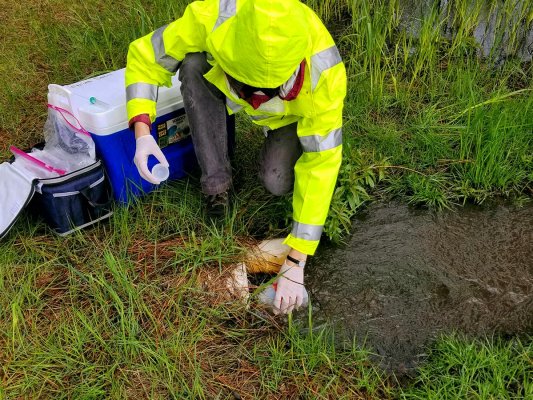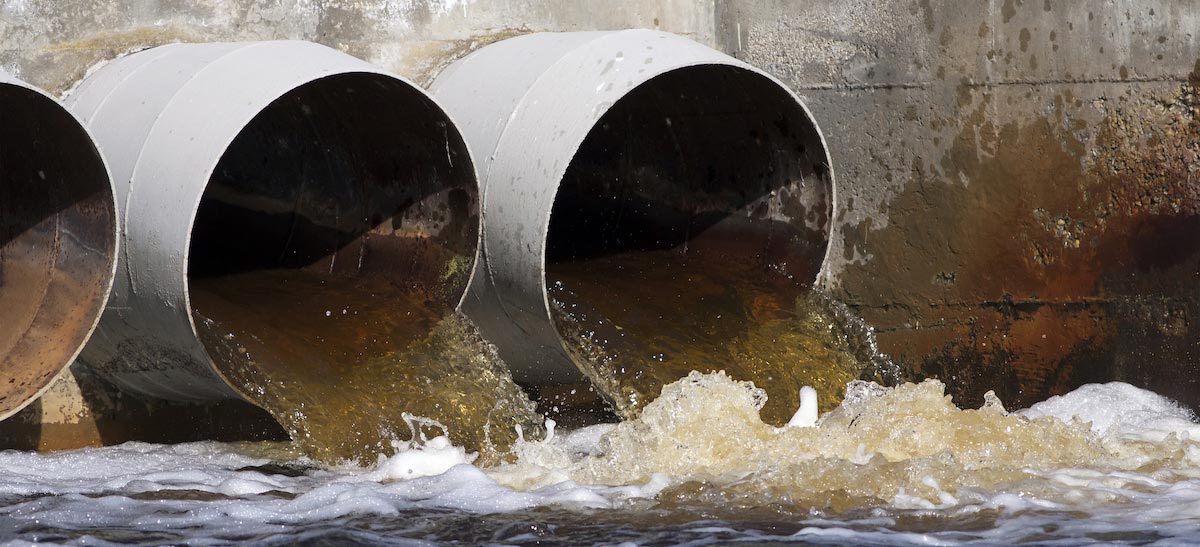Pollution Assessment & Remediation and Sustainable Development

Aug 06, 2020
The 2015 Multi-Sector General Permit (MSGP) for industrial stormwater discharges expired on June 4, 2020, but has been “administratively continued” by EPA for existing covered facilities in the interim period until a new permit is issued.
The latest deadlines for EPA’s proposed 2020 MSGP are as follows:
- June 1, 2020 – Public comment period ended for draft 2020 MSGP; however, EPA will consider all submitted comments during the finalization of the new MSGP expected to occur later this year.
- November 12, 2020 – Final 2020 MSGP issued
- February 12, 2021 (or 90 days after EPA issues a final permit) – Notice of Intent (NOI) due to EPA for facility coverage under 2020 MSGP
No actions are required at this time for existing covered facilities. New facilities that were not previously covered under the 2015 MSGP however will need to submit an “Intent to Operate in Accordance with the 2015 MSGP” or ITO form to EPA for the interim period. The ITO can be converted to an NOI when the new MSGP is issued.
The proposed 2020 MSGP permit has been streamlined and restructured in a manner that is supposed to improve clarity and readability. A number of new or modified requirements are proposed and discussed in detail in the EPA’s Fact Sheet*. A brief summary of some of these include:
- Permit eligibility for proposed paving projects: A facility that expects to use coal-tar sealcoat on paving projects during the term of the 2020 MSGP will have to either eliminate discharges or use alternative sealants such as asphalt emulsion or acrylic sealants that have lower polycyclic aromatic hydrocarbon (PAH) content for coverage under the permit. Otherwise, an individual NPDES permit will be required for that facility.
- Public signage: All facilities covered under the 2020 MSGP will required to post a sign containing EPA contact information at a safe, publicly accessible location in close proximity to the facility.
- Universal benchmarks: Currently, nearly half of all covered industrial sectors do not require benchmark monitoring. Under the 2020 MSGP, EPA is proposing universal benchmarks for all sectors of the following parameters: pH, total suspended solids (TSS), and chemical oxygen demand (COD).
- Impaired water monitoring: Facilities that discharge to impaired waters must monitor annually for all pollutants for which the waterbody is impaired, but may discontinue monitoring if these pollutants are not detected or not expected in the discharge under the current permit. Under the 2020 MSGP, only those pollutants that are causing impairments and are associated with the industrial activity will require monitoring. The monitoring may be discontinued if not detected for 3 consecutive years or if pollutant is shown to be due to natural background sources.
- Revised benchmark criteria: EPA proposes to revise the cadmium benchmark to be consistent with updated water quality standards. Also, iron and manganese benchmarks will be eliminated for all sectors. (EPA is also seeking comment on adding PAH benchmarks for those sectors where petroleum storage could be exposed to stormwater).
- “Additional implementation measures” (AIM): EPA is proposing a tiered (Tier 1, Tier 2 and Tier 3) AIM approach for addressing benchmark monitoring exceedances. The level will depend on the parameter and magnitude of the benchmark threshold exceedance, ranging from a review of the existing control measures to installing permanent stormwater structural and/or treatment controls.
- Enhanced control measures in flood areas: Facilities located in areas where major storm events could cause extreme flooding conditions will require enhanced control measures. (EPA is seeking comments on how to identify such high-risk facilities).
- New benchmark monitoring: EPA proposes to add benchmark monitoring requirements for the following sectors that were not previously monitored: Sector I (Oil and Gas Extraction); Sector P (Land Transportation and Warehousing); and, Sector R (Ship and Boat Building and Repair Yards).
In addition to proposed changes, the MassDEP requested EPA by letter dated June 1, 2020 to add an annual monitoring requirement for perfluorooctanesulfonic acid (PFOS) and perfluorooctanoic acid (PFOA) “at a minimum” for the following 13 sectors:
Sector B – Paper and Allied Products
Sector C – Chemical and Allied Products Manufacturing
Sector D – Asphalt Paving and Roofing Materials and Lubricant Manufacturing
Sector K – Hazardous Waste Treatment Storage or Disposal Facilities
Sector L – Landfills, Land Application Sites and Open Dumps
Sector N – Scrap Recycling and Waste Recycling Facilities
Sector S – Air Transportation
Sector V – Textile Mills, Apparel and Other Fabric Products
Sector W – Furniture and Fixtures
Sector Y – Rubber, Miscellaneous Plastic Products and Miscellaneous Manufacturing Industries
Sector Z – Leather Tanning and Finishing
Sector AA – Fabricated Metal Products
Sector AC – Electronic and Electrical Equipment and Components, Photographic and Optical Goods
We don’t know if EPA will incorporate this request into the new permit. SAK Environmental is tracking the status these proposed revisions to the 2020 MSGP and will continue to provide updates as EPA gets closer to issuing the final permit.

